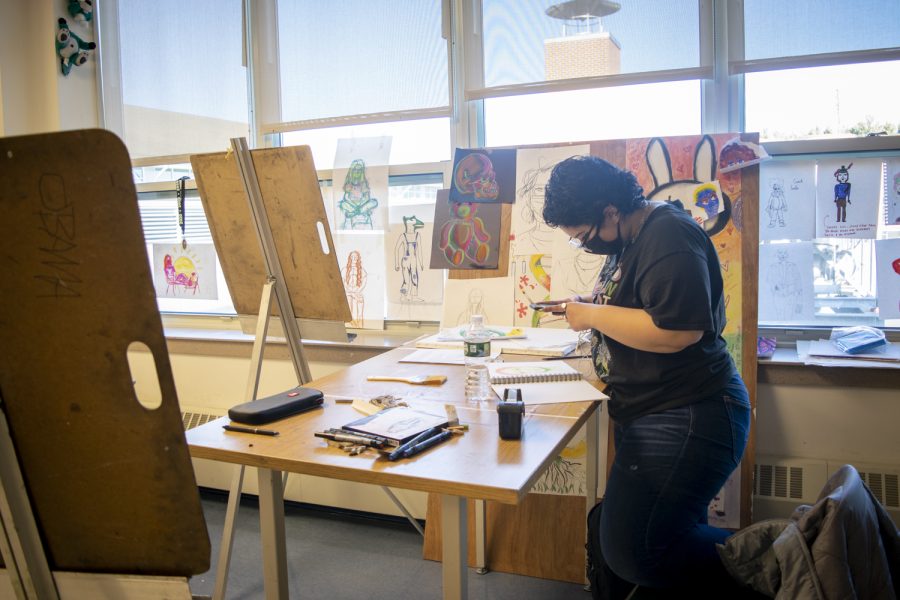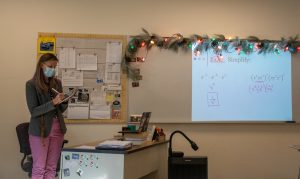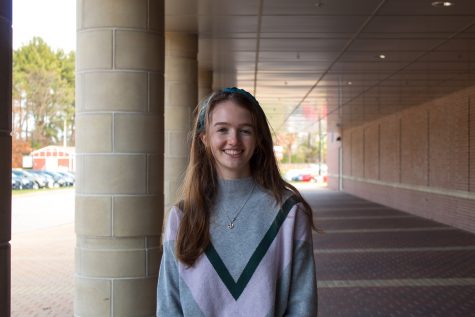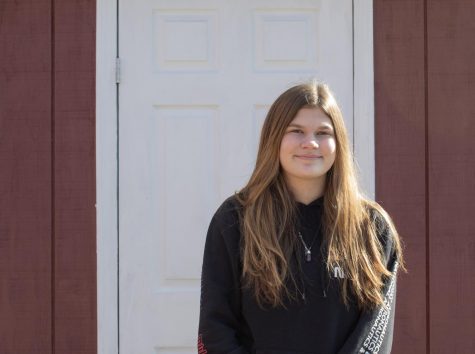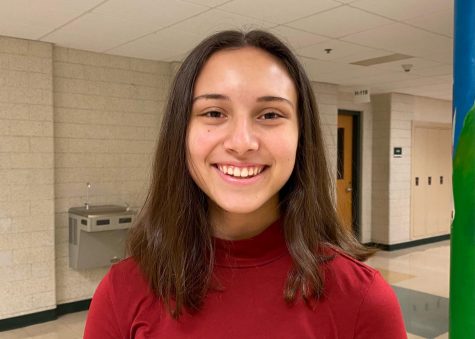Hands-on courses find new ways to adapt to COVID-19
March 5, 2021
Hands-on classes have been impacted greatly by COVID-19 regulations, forcing teachers to come up with creative ways to engage students while staying safe.
Although COVID-19 has impacted practically every class at Algonquin, some Applied Arts and Fine and Performing Arts courses have been specifically challenged as they were designed to be hands-on, interactive experiences.
In past years, the Early Childhood Program included interactive activities with Algonquin’s Tiny Tomahawk Preschool.
“This year, the preschool is still operational, but it’s remote,” Early Childhood teacher Susan Muise said. “Last year, my classes spent time learning not only concepts pertaining to early childhood development like lesson plans, but they also had that hands-on experience with children in the preschool.”
This year, Muise has found ways to accommodate to COVID guidelines while also giving students a similar experience to years past.
“This semester, we are still doing all that content-based learning but the hands-on experience is different,” Muise said. The preschoolers are home and we are mailing them craft kits and other hands-on things like games and puzzles that high school students [who are taking Early Childhood] are making, so they are still having that experience of creating the lessons, crafts and all of the things that kind-of go behind that.”
Ceramics classes have also been greatly impacted by COVID restrictions.
“Ceramics last year was quite different,” Ceramics teacher Danielle DeCiero said. “We would do five projects throughout the term, learn the techniques, do practice versions and then students would get the assignment for the creative version and spend time in class working on it.”
Now DeCiero allows students to express their creative side with at-home clay projects.
“The difference this year is I sent clay home with students and I took a project away, so instead of five projects, we’re doing four,” DeCiero said. “The projects are also longer term assignments and they have a little bit more flexibility in when they do them, as long as they are spending 40 minutes on them four days a week and tracking their progress online.”
During students in-person class time, they focus on painting or glazing, which DeCiero said is much harder to do from home.
“I wanted kids to feel relaxed when they came into the classroom and just have the activities we do be really easy-going and fun.” DeCiero said.
Wood Technology is yet another hands-on class that is experiencing changes this year. However, Wood Technology teacher John French feels the reduced class sizes have been helpful in some aspects.
“Because of COVID, we have smaller classes, so even though we have less time essentially hands-on, there is more personal attention that I can apply to each student,” French said.
Additionally, French states his large classroom space has been helpful during COVID.
“In this class, it has been kind of easy [to maintain social distancing] because the shop area is so large and there are so few people in the classroom at one time,” French said. “Also, sawdust is a natural desiccant so the likelihood of anything sitting on a surface with all this sawdust, that requires moisture, it’s very low, so the sawdust definitely does do a lot to cut down risk in a way.”
Although this year has brought various and unusual challenges, Muise tries to focus on the positives.
“Of course there is change and disappointment in both groups of students that I have, but I also see a lot of positive attitudes and students really just making the most of it, which is very rewarding.” Muise said.
While DeCiero knows working from home can be hard for some students, others have unexpectedly benefited from creating art more independently.
“I don’t think this stands for just Ceramics and hands-on classes but there are some students who don’t work as well independently at home,” DeCiero said. “On the flip side, there are a lot of kids who really push themselves a lot more than they would’ve if they were in class looking at other students. When you can’t see or compare yourself to someone else, you’re going to put in the best you can, and you won’t know how you compare to everyone else, which has led to some really beautiful projects in this class.”
Despite the changes, French states he still is seeing the same creativity this year in students’ work.
“I always try to express individuality and creativity, and that’s what I like to see when students put a little of their own personality into the projects I assign,” French said. “I have really seen a lot of that this year in students’ projects.”



